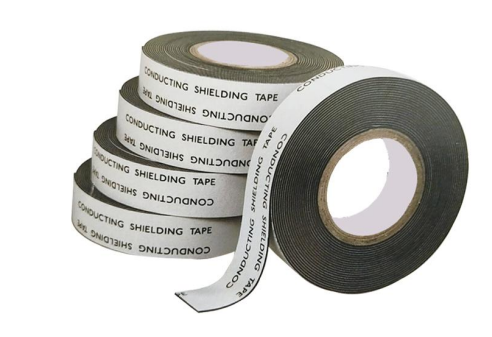Understanding Sealer Strips Importance and Applications
Sealer strips, also known as sealing strips or sealing tapes, play a crucial role across various industries and applications. These versatile components are designed to provide airtight and watertight seals, offering protection against dust, moisture, air, and other contaminants. In this article, we will explore the significance of sealer strips, their composition, manufacturing process, and applications in different sectors.
What Are Sealer Strips?
Sealer strips are typically made from flexible materials such as rubber, silicone, or foam. They are manufactured in various forms, including adhesive-backed strips, non-adhesive rolls, and custom cut shapes. The primary purpose of these strips is to fill gaps or spaces between surfaces, ensuring that external elements do not infiltrate an enclosed area.
Importance of Sealer Strips
1. Energy Efficiency In homes and commercial buildings, air leaks around doors and windows can significantly affect energy efficiency. By applying sealer strips, you can minimize air infiltration, thereby reducing heating and cooling costs. This not only leads to financial savings but also contributes to lower carbon emissions, promoting a more sustainable environment.
2. Protection Against Elements Sealer strips are essential for protecting sensitive equipment and materials from environmental factors. In industries such as electronics, pharmaceuticals, and food processing, maintaining a controlled atmosphere is critical. Sealer strips prevent the entrance of moisture, dust, and other contaminants, ensuring the integrity and quality of products.
3. Noise Reduction In an increasingly noisy world, soundproofing is a priority for both residential and commercial spaces. Sealer strips can help reduce noise transmission through gaps in walls, windows, and doors. By creating a tighter seal, these strips enhance acoustic performance, providing a quieter and more comfortable living or working environment.
4. Enhanced Durability In automotive and industrial applications, sealer strips contribute to the durability of products by preventing corrosion and wear. For instance, they are commonly used in vehicle door frames to keep moisture out, thereby extending the lifespan of critical components.
sealer strip

Types of Sealer Strips
There are several types of sealer strips, each designed for specific applications
- Weather Stripping Typically used around doors and windows, weather stripping provides insulation and prevents drafts. It's available in various materials, including V-channels, foam, and bulb seals. - Automotive Sealer Strips These are specially designed to withstand harsh conditions, protecting against wind, rain, and dust in vehicles. They are often made from durable rubber compounds that can resist UV deterioration.
- Industrial Sealing Strips Found in manufacturing and processing facilities, these strips prevent contamination and protect sensitive equipment. They can be custom engineered to meet specific dimensional and environmental requirements.
- Soundproofing Strips These are used in recording studios and other environments where sound control is essential. Made from dense materials, they are effective in reducing noise propagation.
Manufacturing Process
The production of sealer strips involves several stages, including material selection, extrusion or molding, cutting, and quality control. Manufacturers choose high-quality materials to ensure durability and effectiveness, often conducting tests to evaluate their performance in various conditions. At the end of the process, sealer strips are packaged for distribution, ready to be used in countless applications.
Conclusion
Sealer strips are small yet impactful components that serve an essential function in modern society. Their ability to provide insulation, protection, and durability makes them invaluable across a wide range of industries. As global awareness of energy efficiency and environmental sustainability increases, the demand for effective sealing solutions like sealer strips is likely to grow. Whether you are a homeowner, a business owner, or an industrial operator, understanding the role of sealer strips can help you make informed decisions about how to enhance protection, efficiency, and comfort in your environment.
-
XIANGFAN Rubber Tape-Ultimate Solutions for All Your Insulation NeedsNewsJun.24,2025
-
XIANGFAN Rubber Tape-Protection for Industrial and Residential ApplicationsNewsJun.24,2025
-
XIANGFAN Rubber Tape: Superior Safety and Sealing for Demanding EnvironmentsNewsJun.24,2025
-
XIANGFAN Rubber Tape: Reliable Solutions for Every Electrical ChallengeNewsJun.24,2025
-
XIANGFAN Electrical & Industrial Tape: Powering Reliability Across IndustriesNewsJun.24,2025
-
XIANGFAN Electrical & Industrial Tape: Excellence in Every ApplicationNewsJun.24,2025
